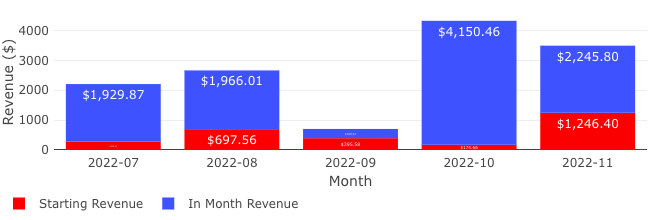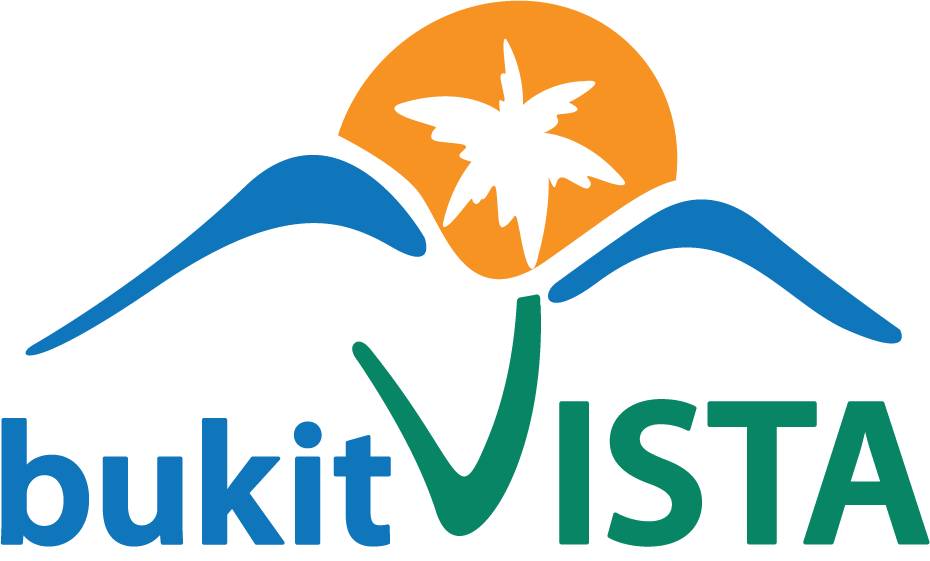Hi partners! Allow me to introduce myself. I am Jessica, a Business Analyst and Revenue Management Specialist at Bukit Vista. I’ve done analysis and optimization over 100 times, bringing in 100+ millions of additional revenue value through dynamic pricing. I also studied at César Ritz Colleges Switzerland and Washington State University in hospitality business management.
Some of you may know me already, as I often communicate with partners about your property’s pricing and performance. I am writing this blog for all of you, as an introduction to what the Dynamic Pricing team does daily. I would love to answer all your key questions and provide a better understanding through my blogs.
What is Dynamic Pricing Management?
Why do we use a dynamic pricing strategy?
-
Optimized Revenue: Dynamic pricing allows the company to adjust rental rates in real-time based on various factors such as demand, seasonality, local events, and market trends. This optimization leads to higher revenues by charging higher prices during periods of high demand and adjusting prices during low-demand periods to attract more guests.
-
Competitive Edge: Dynamic pricing enables the company to stay competitive by adjusting its rates to match or outperform competitors’ pricing. This helps attract more bookings and maintain a steady stream of occupancy.
-
Maximized Occupancy: By offering lower prices during off-peak times, the company can increase occupancy rates and minimize the number of vacant properties. This maximizes the overall revenue potential of the rental portfolio.
-
Real-Time Adaptability: Dynamic pricing allows the company to adapt quickly to changing market conditions, such as sudden spikes in demand due to special events or unforeseen circumstances. This agility helps capture additional revenue opportunities.
-
Data-Driven Insights: Implementing a dynamic pricing strategy involves analyzing data from various sources, such as historical booking patterns, competitor rates, and local events. This process provides valuable insights that can inform pricing decisions and marketing strategies.
How do we analyze your property in order to decide the best pricing strategy?


1. Set lower price for the first month of launching
The discount range is approximately 20% – 30% from the intended price at that time. The price will be gradually increased as booking performance improves.

2. Adjust price with flexibility

3. Lower price on nearly expired dates

4. Increasing prices when the booking pace is too fast
This is because the property is considered high demand and has the potential for higher pricing.

5. Adjust price according to length of stay

6. Leave the rest of it to Bukit Vista
All the different kinds of data we use to analyze your property and make strategical pricing decisions
What are the pricing strategies we could settle on
How can partners contribute towards our successes?
- Keep your calendar open to increase availability
- Trust Bukit Vista to optimize your property through dynamic pricing
- Enhance our team’s visibility toward your property’s operational cost to understand our price boundaries better
Previous property performance
- Property X
One of our guesthouse properties located in Canggu, previously only allocated 5 rooms for Bukit Vista to manage, up to August 2022. Early in September, they decided to pause the partnership due to some internal ownership issues. When they chose to resume back in early October and gave us a full 10-room allocation, they knew they made the best decision because their booking pace went up quickly and their revenue doubled in that month itself.

- Property Y
Based on the bar chart, one of our partners, Bingin Sun & Moon Villas, illustrated that monthly revenue from January to July 2024 is divided into starting and in-month revenue. March peaks at $1,617, while June and July slightly decline, yet the performance remains well above the market standard. The data showcases seasonal trends, with robust spring months and sustained revenue levels throughout.
- Property Z
This is revenue from a 3-bedroom villa in Ungasan. Their performance has been going up steadily since July up to now. Their nightly rates are also increasing as we monitor better performance in this property over time. This is a result of the owner fully trusting Bukit Vista to manage their property.

